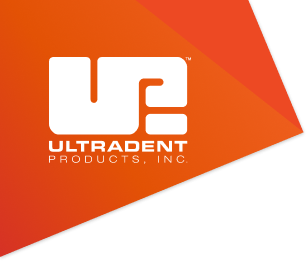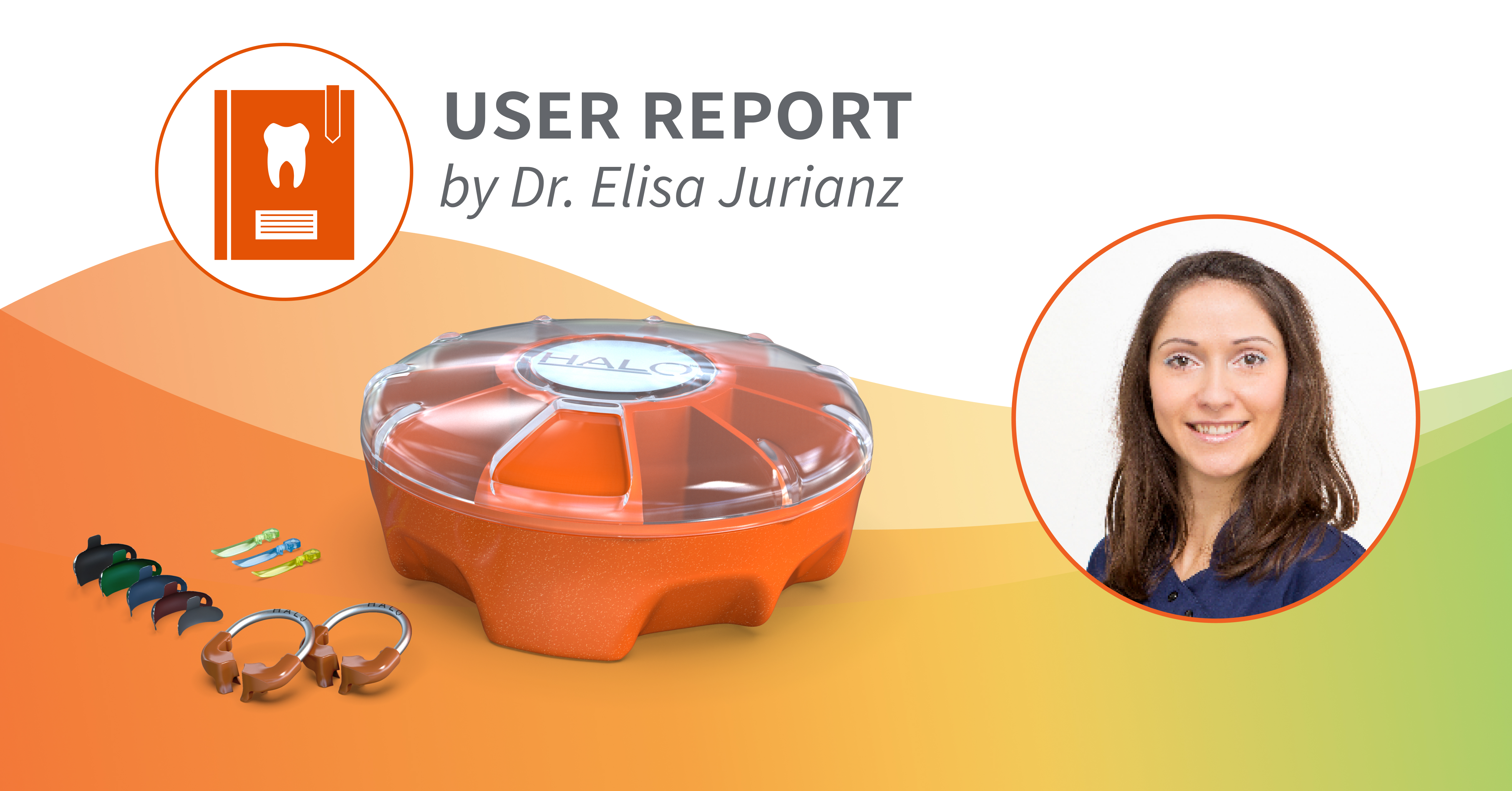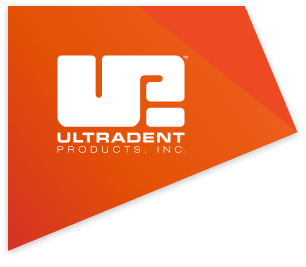User Report by Dr. Elisa Jurianz
I have been using sectional matrix systems in my practice for some time now. They allow me to create significantly better contact points during restorative treatments compared to the conventional Tofflemire systems. What every dentist is looking for are restorations with a good contact point to the adjacent tooth in the upper third of the crown and an appropriate marginal ridge. The procedure should ideally be easy and uncomplicated. In the past, I used to work, for example, with the Tofflemire matrix system and was frequently faced with problems. For instance, the tooth did not have a naturally convex shape and the contact point to the neighboring tooth was almost situated at the same level as the occlusion. Sometimes, reductions due to occlusal adjustments even led to the disappearance of the contact point and finally to the loss of patient comfort.
The Halo™ sectional matrix system, however, is optimally designed, combining the advantages of various other sectional matrix systems. The rings can be used one above the other, simultaneously. The wedges are stackable and MOD restorations can be effortlessly placed. When a matrix with the appropriate height is selected, the sectional matrices also support the creation of aesthetically pleasing, rounded marginal ridges.
The rings can be sterilized and are therefore conveniently reusable. From an economic point of view, the good price-performance-ratio of the matrices and wedges is particularly interesting for the dental practice.
The Halo sectional matrix system offers a sophisticated packaging and storage concept. The so-called "carousel" is small and handy. It can be stored in any drawer and provides a safe place as well as a good overview of all elements needed for the placement of the restorative material. All that a user would need additionally is a pair of ring pliers like the Halo Forceps.
After a caries excavation and a cavity preparation, the sectional matrix can be placed and wedged extremely quickly. The wedges are available in three sizes. They are easy to use and gentle on the gingiva. The ring is placed, the filling material is applied in different layers and afterwards cured. All auxiliaries are then removed, the occlusion is adjusted, and the restoration is polished. The fit of the contact point should be checked by means of dental floss.
The following clinical case shows how this procedure could look:
Case:
Before/After: Restoration on tooth 15
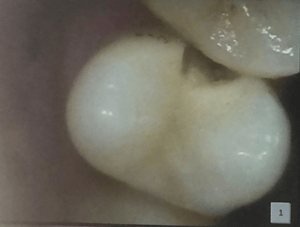
Image 1: Enamel collapse due to caries
 |
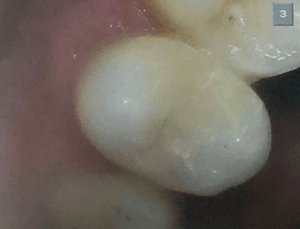 |
Images 2 & 3: After the use of the Halo sectional matrix system and the placement of a filling.
Due to the presence of caries, an enamel collapse had already occurred (image 1). Therefore, a complete caries excavation and cavity preparation were done. During this treatment, the Halo sectional matrix system was used, and the composite material was placed. These steps were followed by a finishing and polishing procedures (images 2 and 3).
This case was particularly challenging, as the teeth were arranged in a slightly rotated position. This position is definitely not ideal and makes the reproduction of the contact point difficult. According to my experience, however, this is the situation with almost all carious teeth, as the teeth are rarely as straight in reality as they appear on a model.
These ideal treatment procedures become a reality with the Halo sectional matrix system.
In summary, I very much appreciate working with the Halo sectional matrix system because it is easy to use and handle. Furthermore, it adapts perfectly to the tooth. I also find it very helpful that the matrix band can be pressed ideally against the adjacent tooth to create a strong contact point. The convexity is clearly visible and there is no formation of steps along the line between the filling and the tooth.
I would not want to miss the system in my daily practice life and can highly recommend it to every user. Last but not least, my patients are equally happy to benefit from smooth treatment procedures. The patient loyalty increases and I personally, as a dentist, can enjoy my work even more.
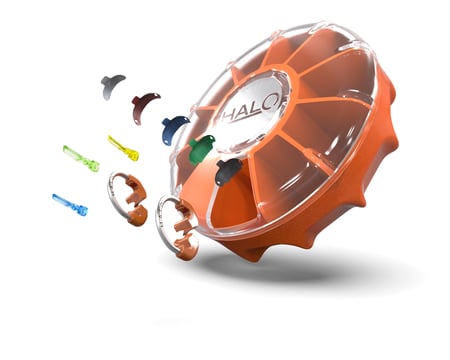
About the user:

Dr. Elisa Jurianz
Berlin, Germany
2009 - 2011 Formation as dental assistant
2011 - 2016 Studies of dentistry at the Martin-Luther-University, Halle (Saale), Germany
2019 Doctor in periodontology, Halle (Saale), Germany
2016-2020 Assistant and employed dentist
Since 2021 Private Practice in Berlin-Schmargendorf, Germany
Further trainings
2018/19 Curriculum CMD
Since 2017 Several advanced trainings in conservative, periodontological and prosthetic dentistry

